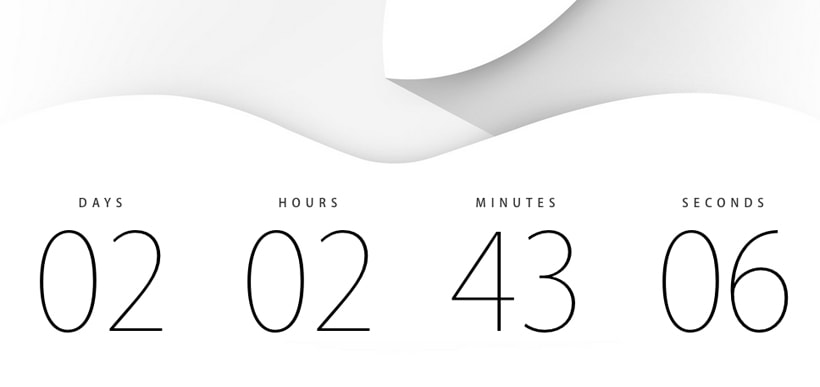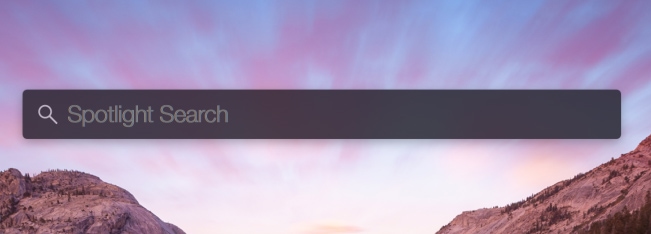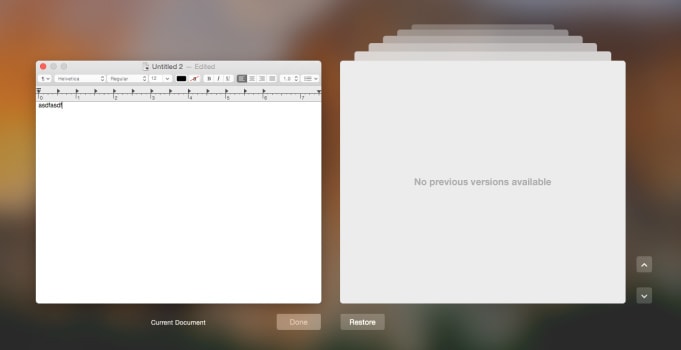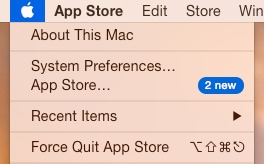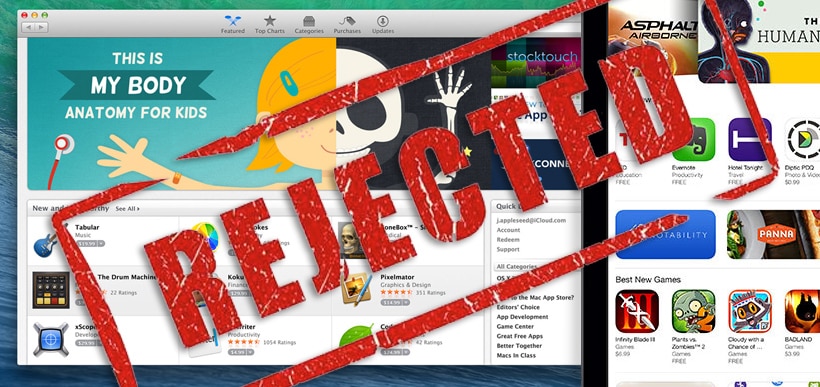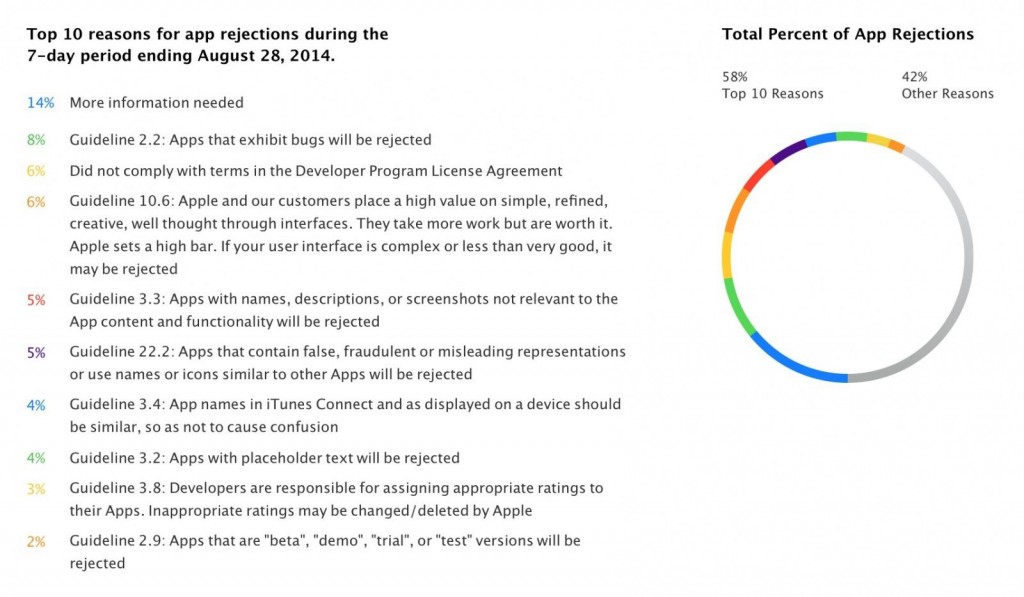Next week, Apple is expected to reveal a host of new products to its fans and the world. The company created a countdown timer on its website, telling viewers to watch for a live webcast event on Tuesday, September 9, held at Apple’s headquarters in Cupertino California.
30 years ago on the same day, Steve Jobs revealed the first Macintosh personal computer to the world. Fans and the media have been speculating what could be launched on that special day. Here are four products you can probably expect to see:
1. The official release of an iWatch
Ever since Pebble’s 2011 Kickstarter campaign sold customers on the idea of strapping a mini iPod to a wristband, and raised over $3 million and the official backing of Apple itself, customers have been bombarded with smart watches from other manufacturers. On Tuesday, Apple may announce the creation of an official wearable device. The iWatch is currently listed as having a curved LED display, the ability to sync with iCloud and HealthKit services to track exercise and medical routines, and an initial price tag of $400. There’s no word on when it ships to stores, however.
While customers have been traditionally hesitant or unwilling to “wear” smart devices on their wrist, expect Apple to discuss the iWatch and attempt to make a wearable device into a cool marketing brand on Tuesday.
2. The ability to make online payments with an Apple device
While iPhones have been able to conduct everyday consumer banking for years–including depositing a check by taking a picture with the built-in camera–having the ability to pay for something in a grocery store just by tapping your phone has been a long-time dream for consumers. Apple has been rumored to be in partnership talks with credit card companies American Express and Visa on a possible Apple-brand payment platform. Instead of carrying around credit cards and cash, a customer might be able to digitally pay for everything through their Apple device instead.
While other smart phones use “near field communications” chips that can be used at a grocery checkout service, Apple has preferred to rely on its Passbook application for its customer base. That could also change on Tuesday.
3. The iPhone 6, with a larger screen
Current iPhones have a display that measures 4 inches across diagonally. By contrast, many phone manufacturers like Samsung and Nokia have developed products with much larger and easier to read screens, and those manufacturers have enjoyed comparatively higher demand for those products than Apple’s customer base.
Long-time loyal fans have been asking Apple for years to develop larger screens; Apple is widely expected to release a product on Tuesday with a larger screen, or at least discuss the feasibility of future iPhones with larger screens.
4. Apple’s giant, public emphasis on strong security
Expect a 90% chance of mentioning this in the webcast, not only for the recent hacking of Hollywood actresses’ iPhones, but also if Apple discusses their new iCloud, new products and payment systems. Public scrutiny is something Apple management has always tried to avoid, and mentioning security will only win them points on Tuesday.
